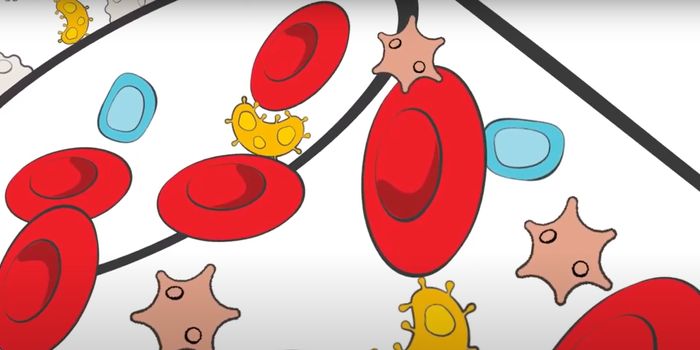What is Next Generation Sequencing?
Our DNA is made up of four nucleotide bases: A, T, G, and C. The blueprints for creating an organism lie within the sequence of those bases, and for decades now researchers have been sequencing the genomes of various organisms, including people. That process means figuring out the precise order of billions of those bases.
There are a variety of ways to sequence genetic material. A common method that has been around for many years is Sanger sequencing. Another more recent technology is next generation sequencing (NGS). Get an introduction to this technique from the video.
Basically, in NGS millions of small pieces of the genome are sequenced at the same time, rather than trying to read it all in order. Bioinformatics techniques are then used to piece all of those fragments together; a large genome can thus be sequenced in less than a day.








